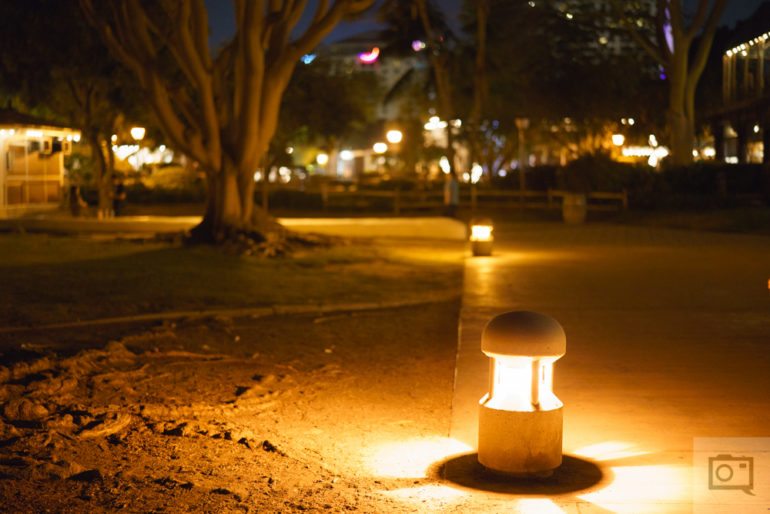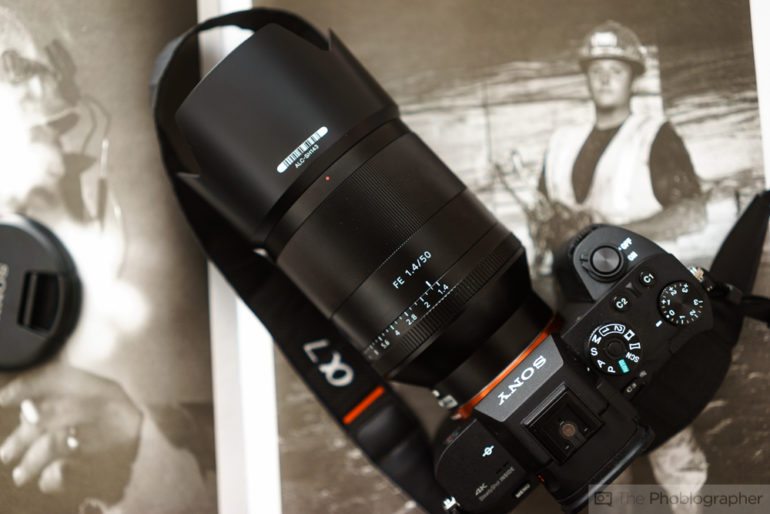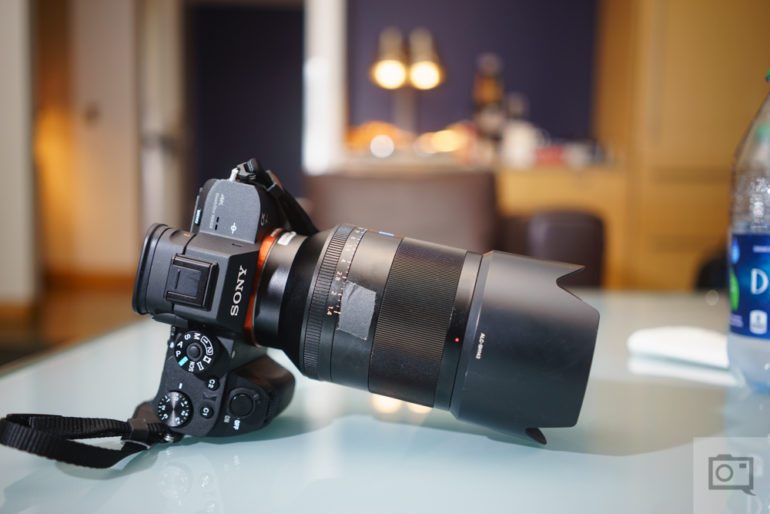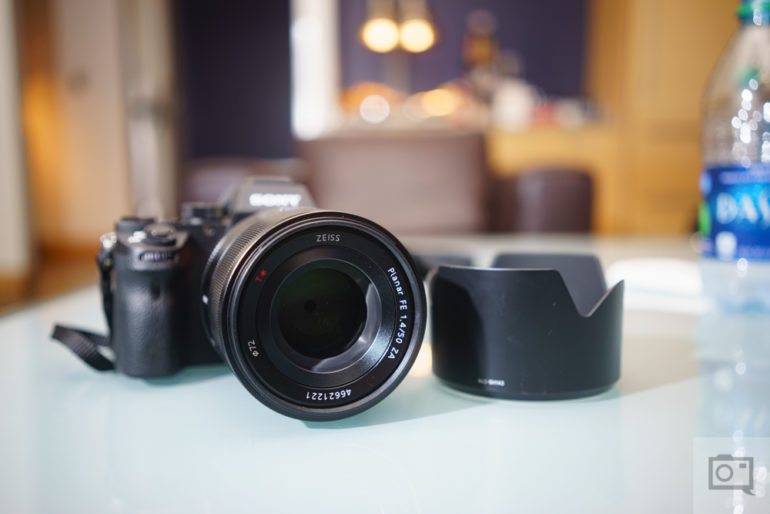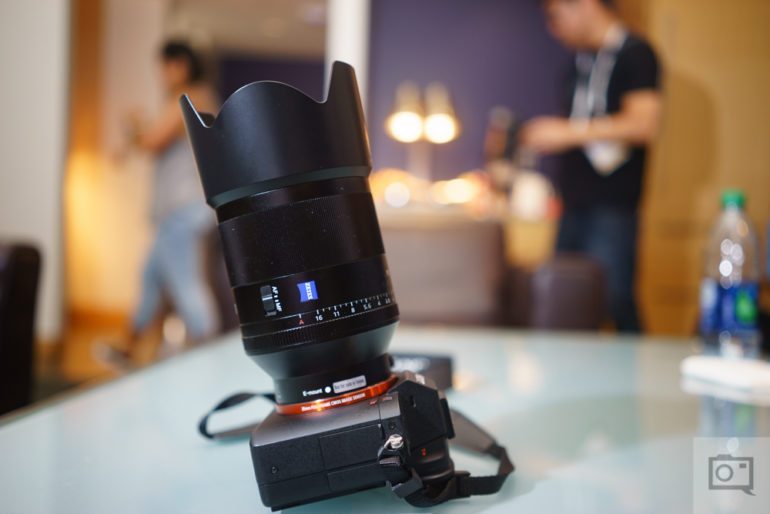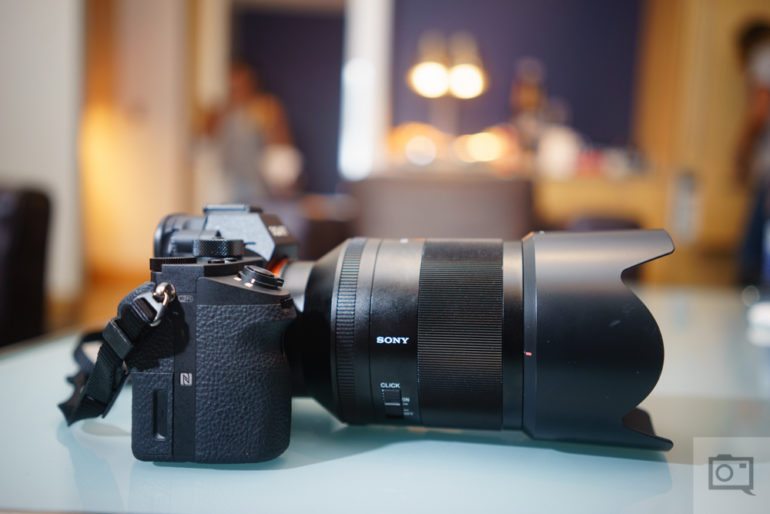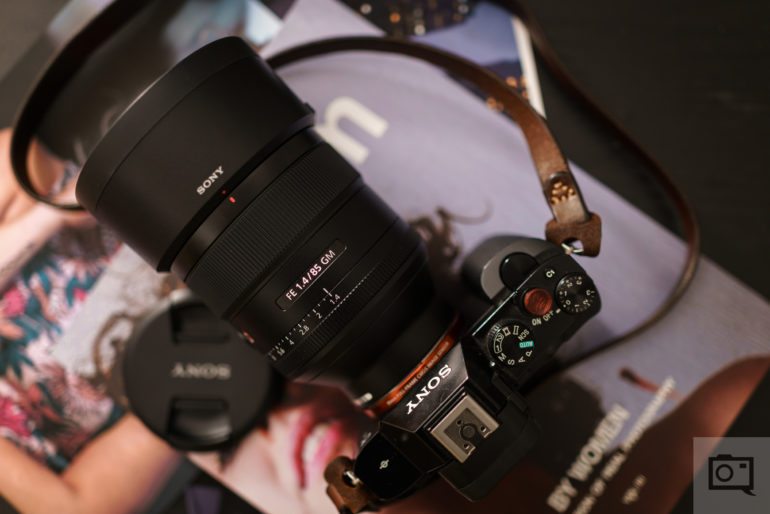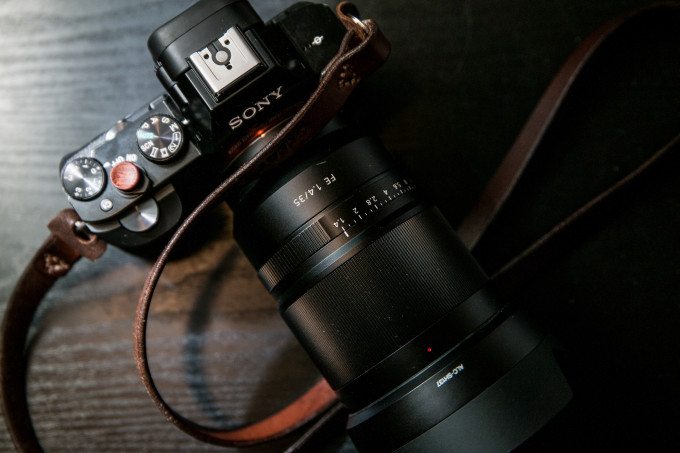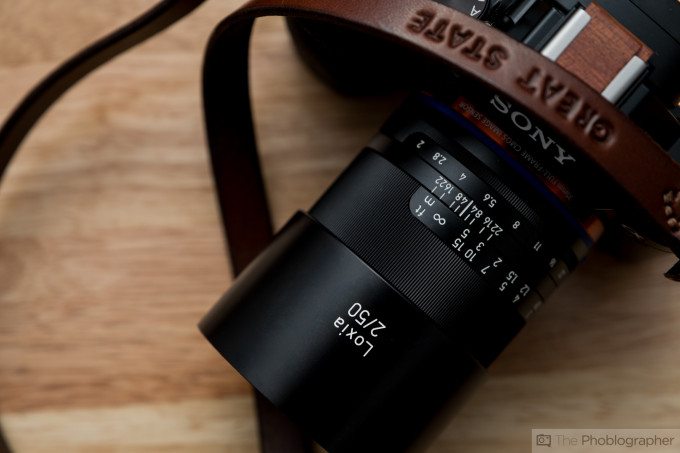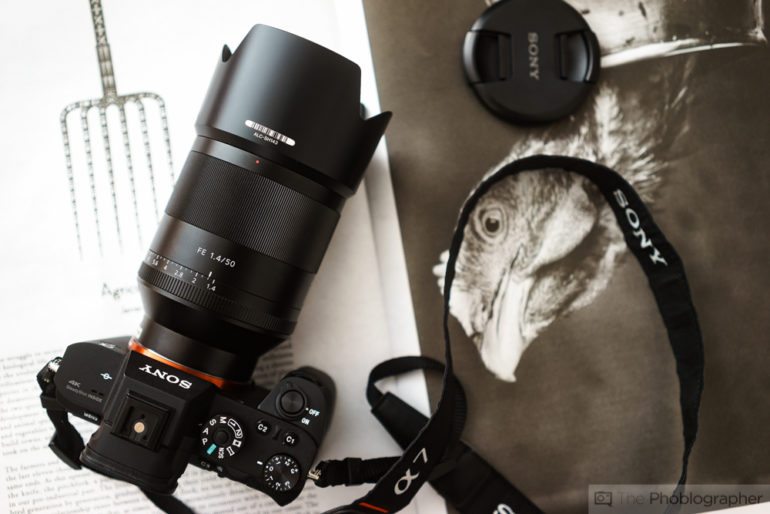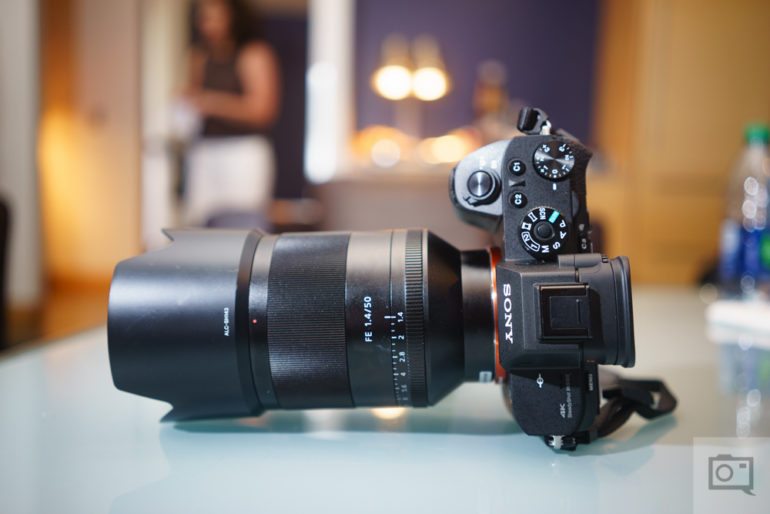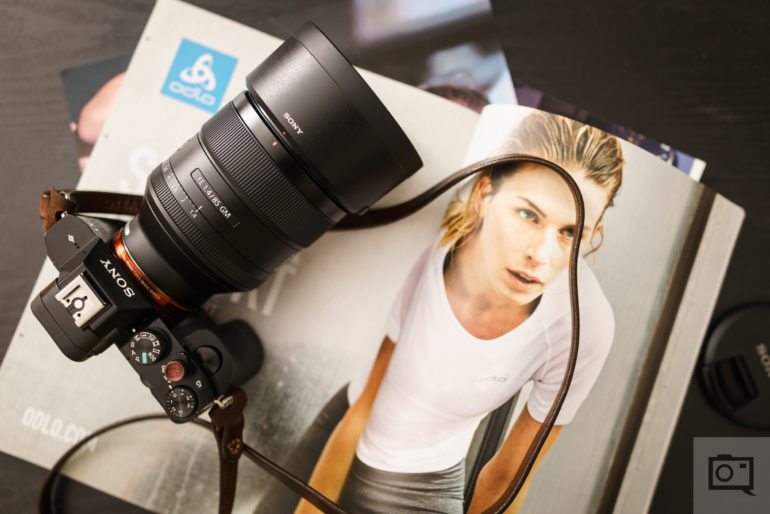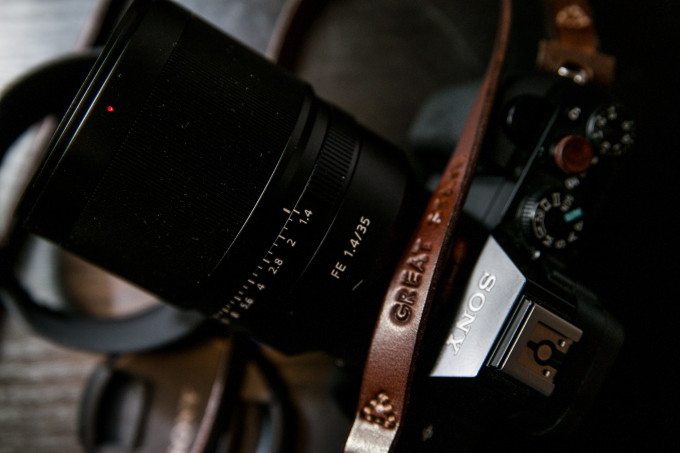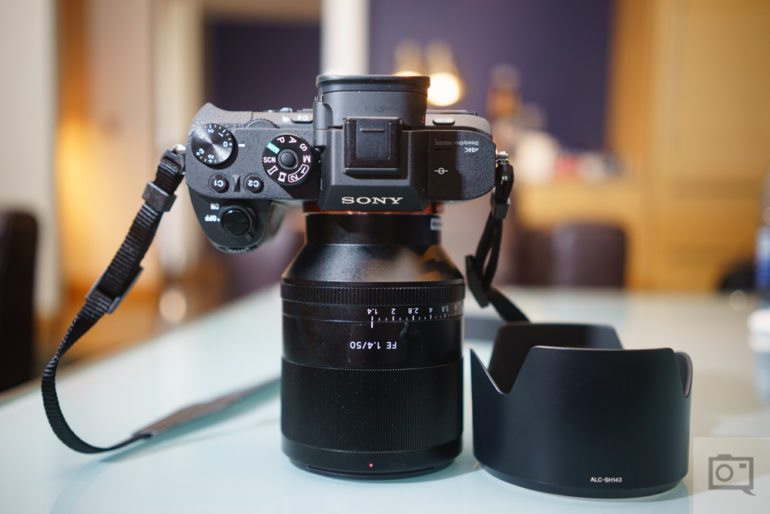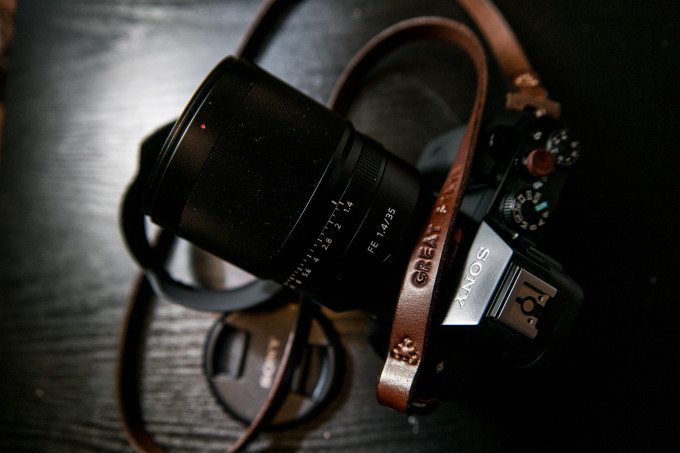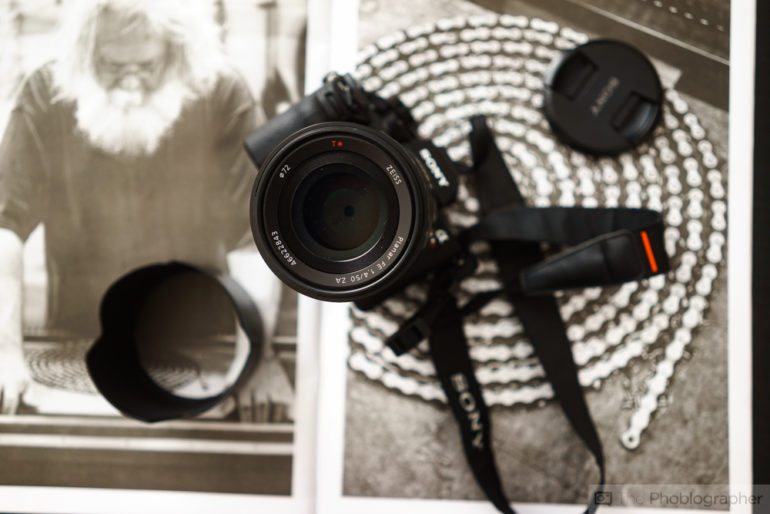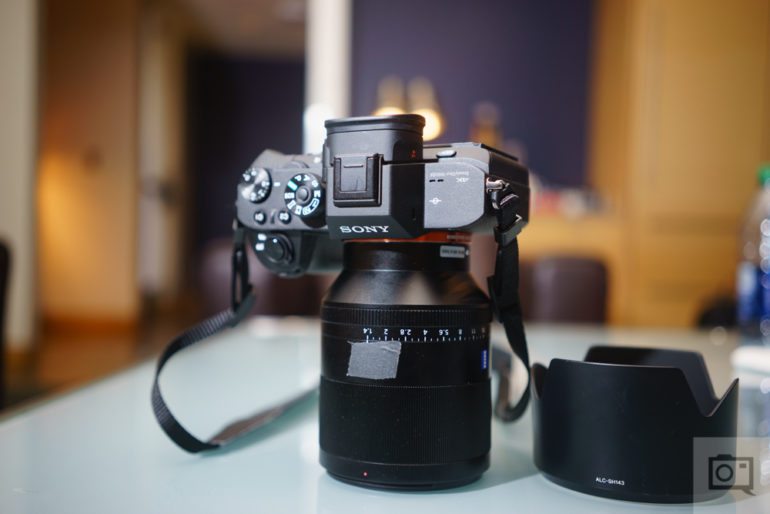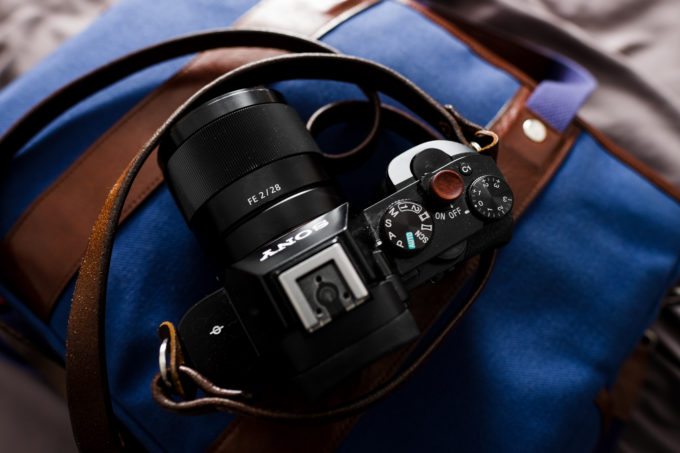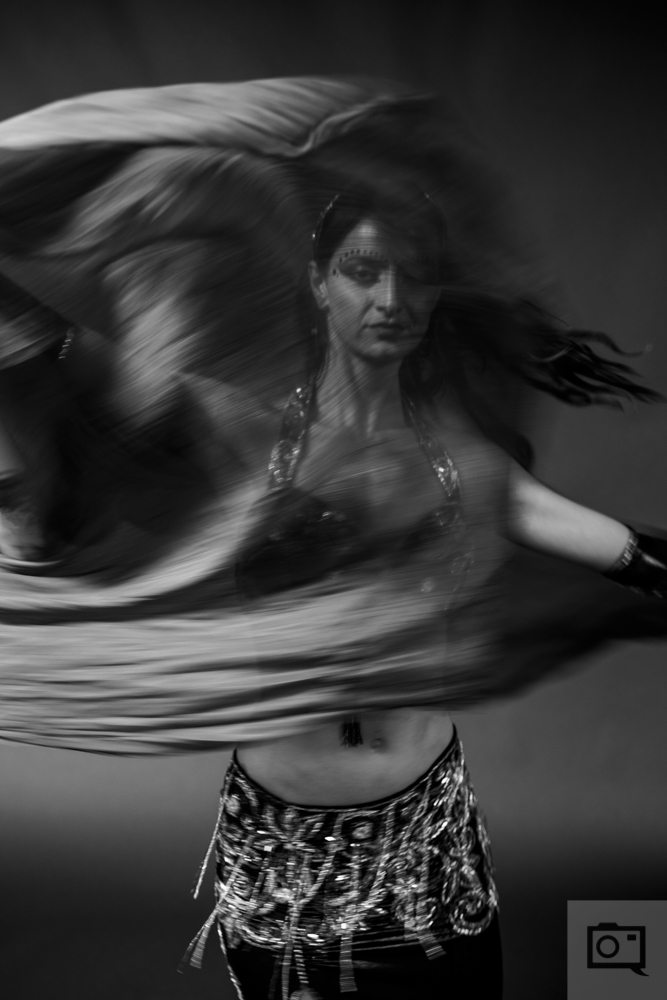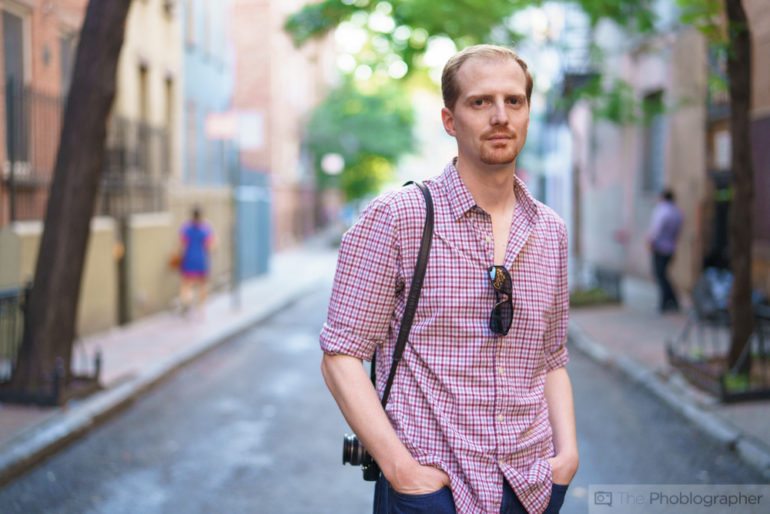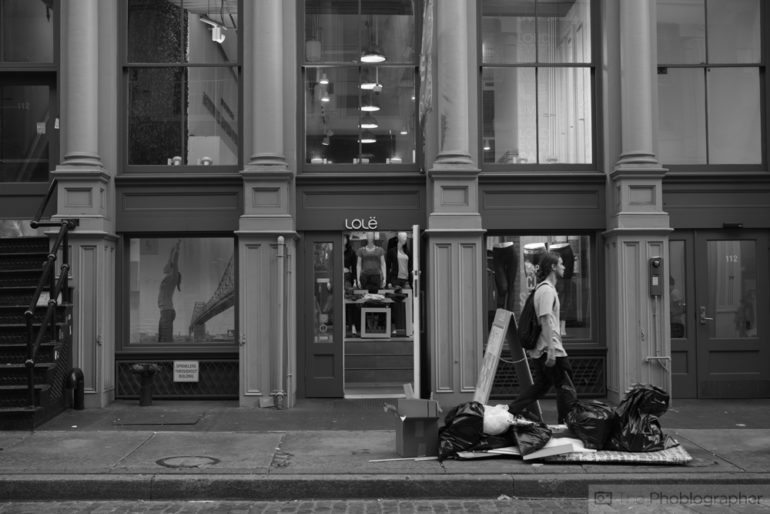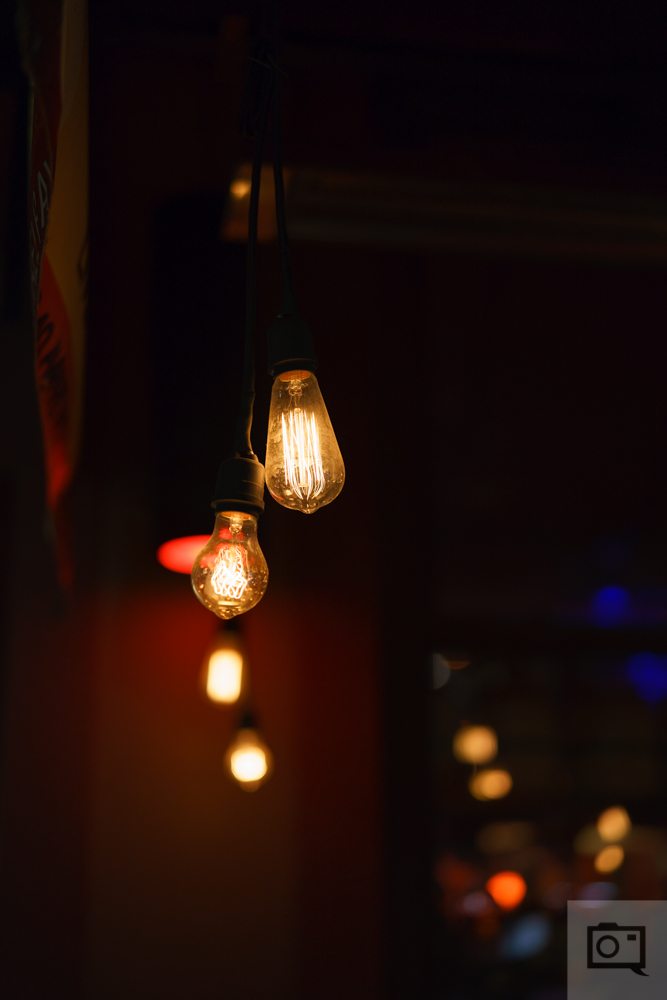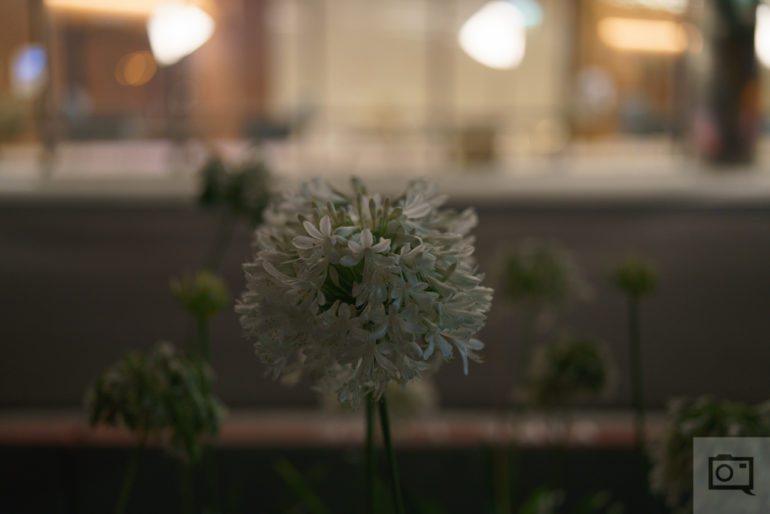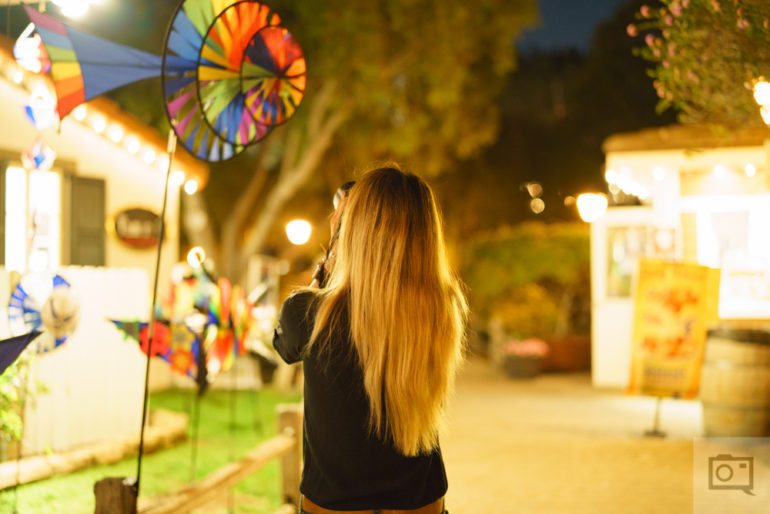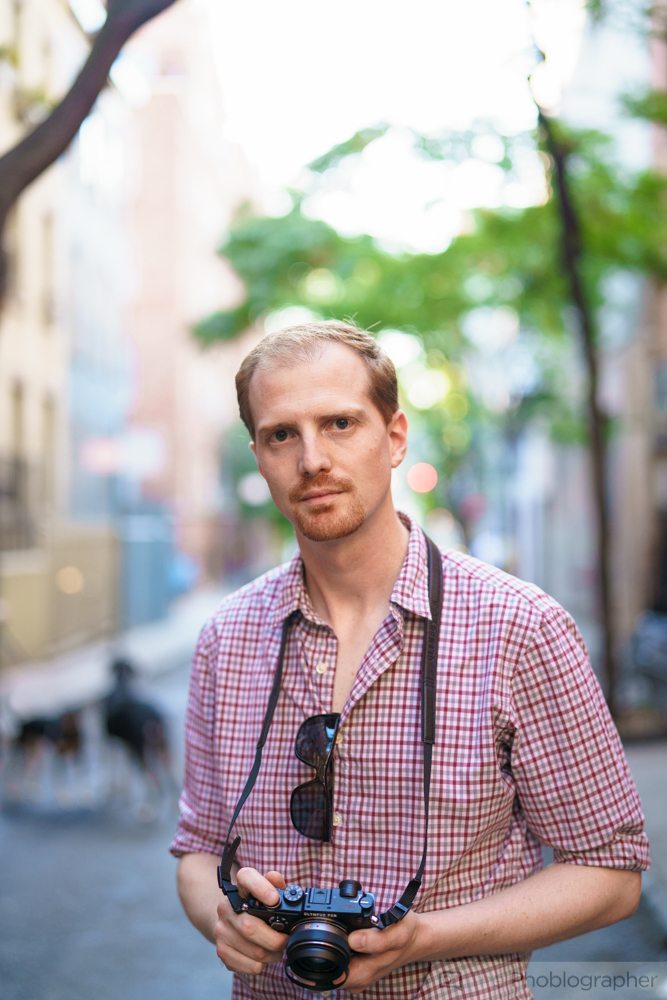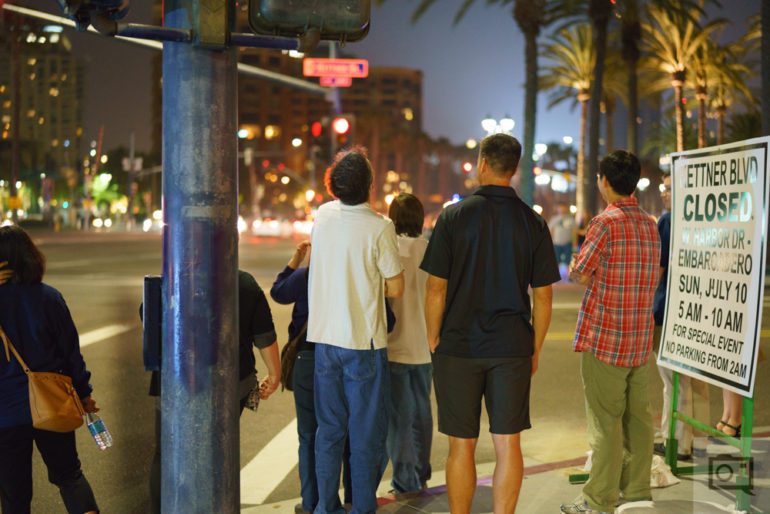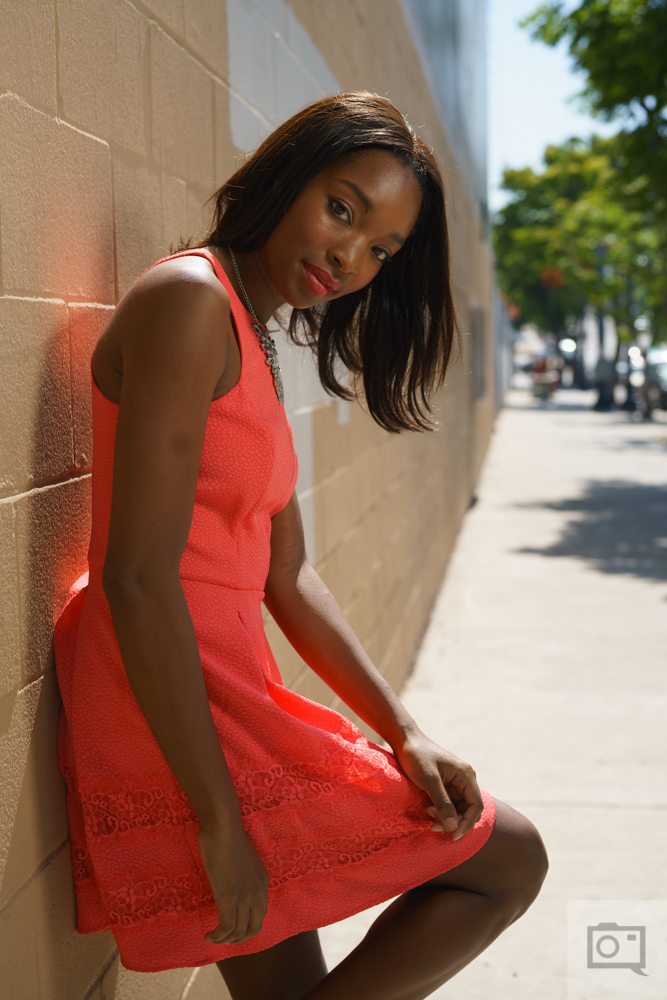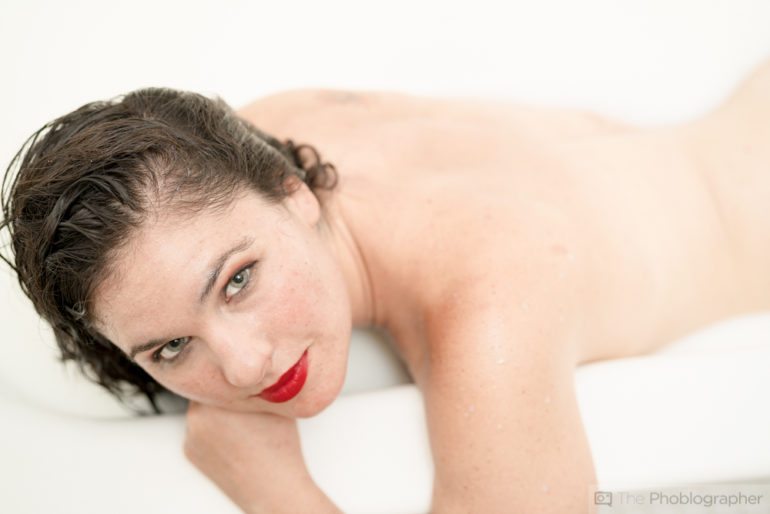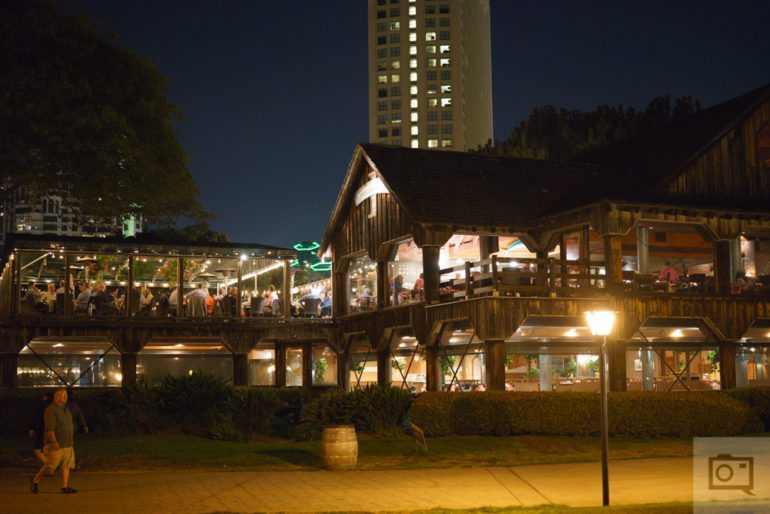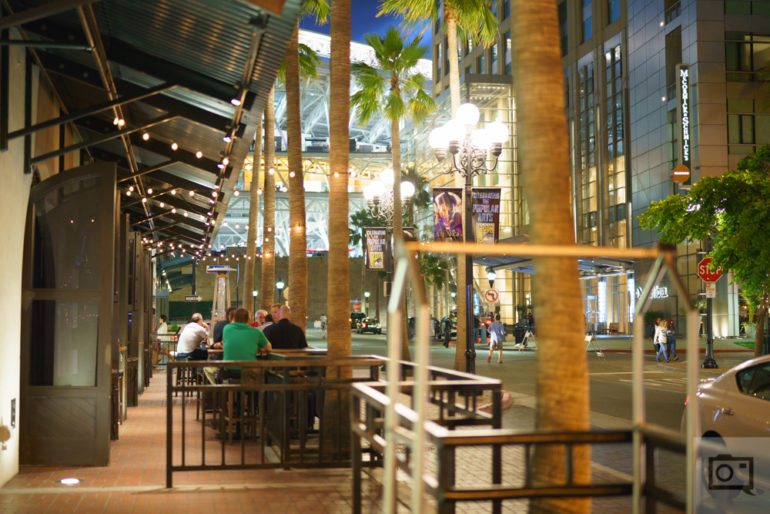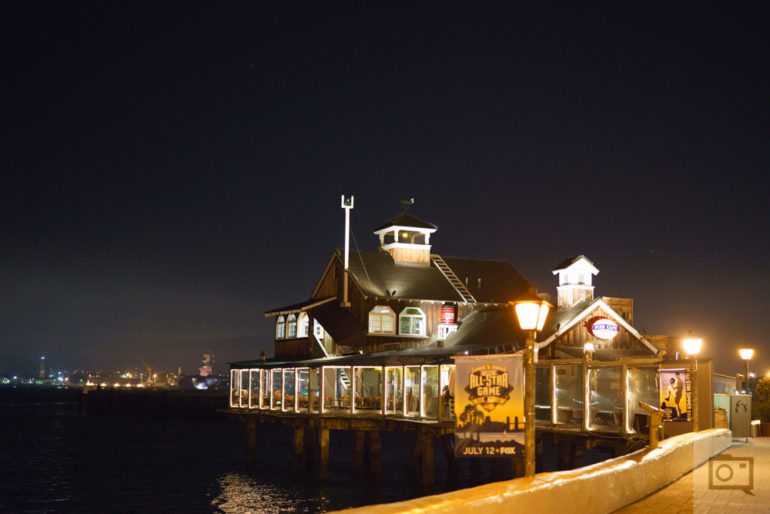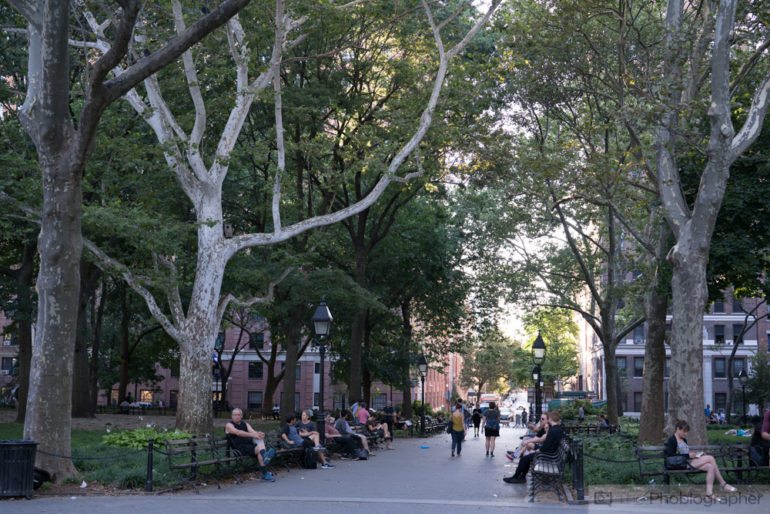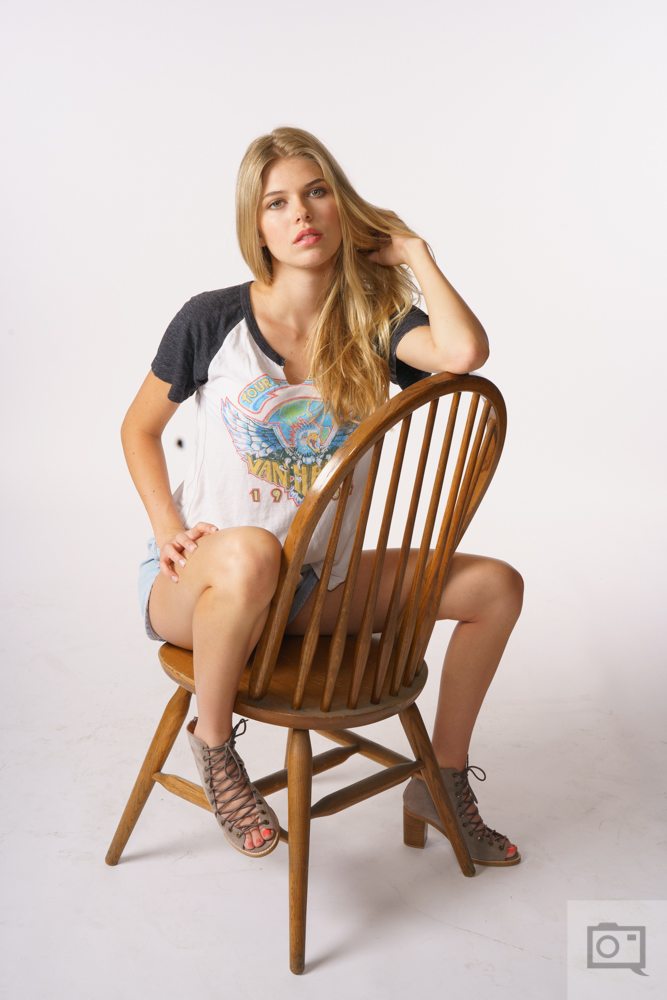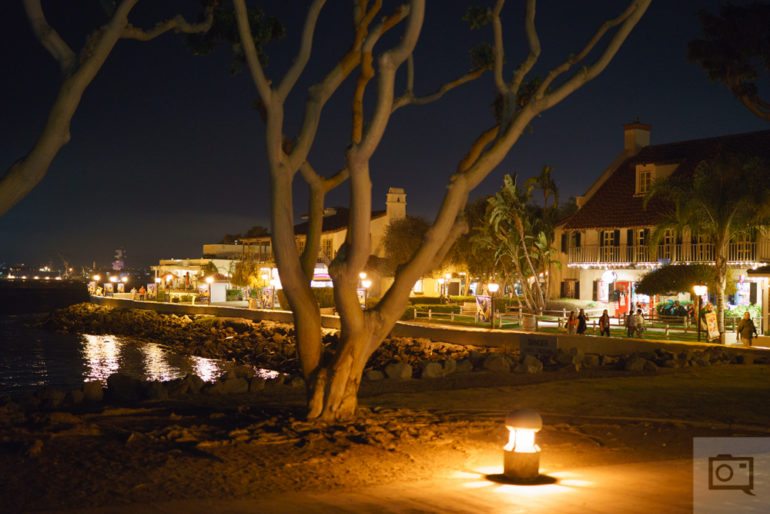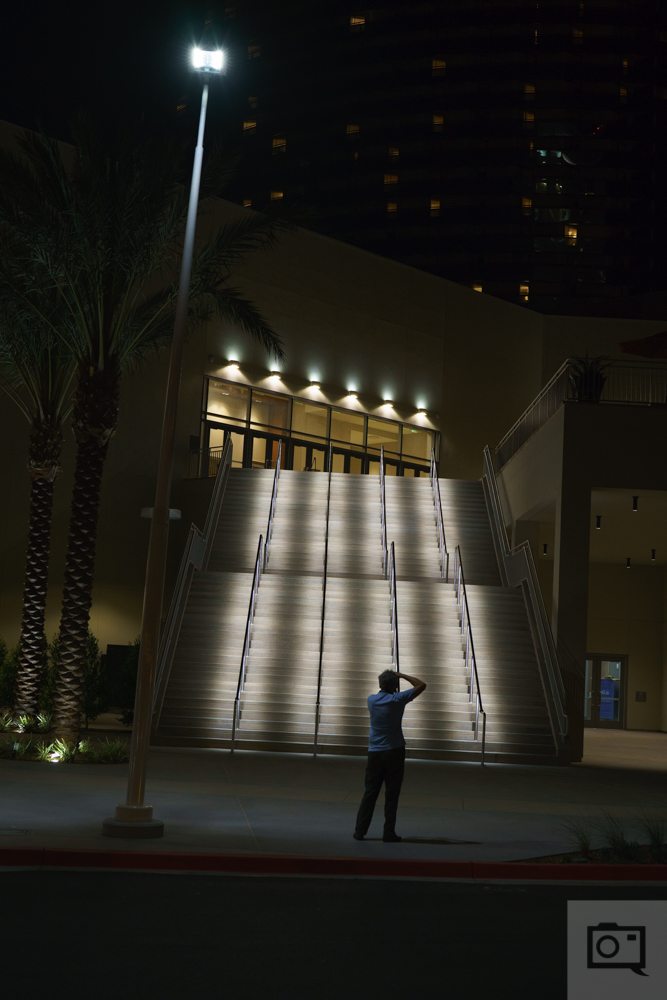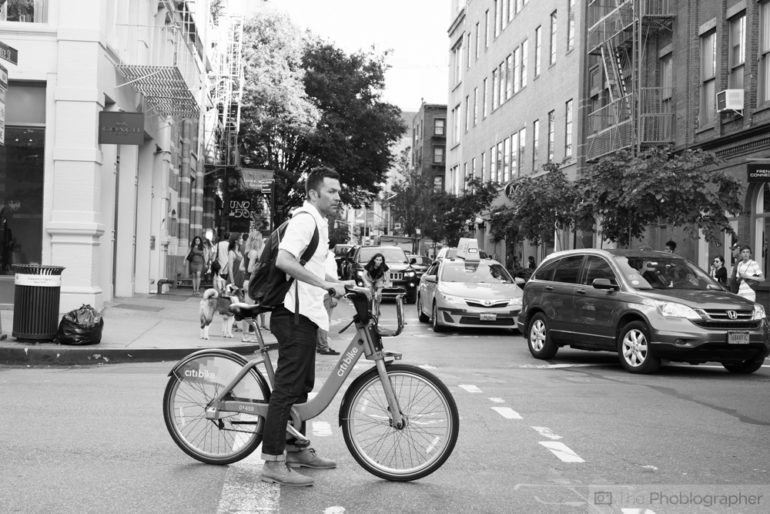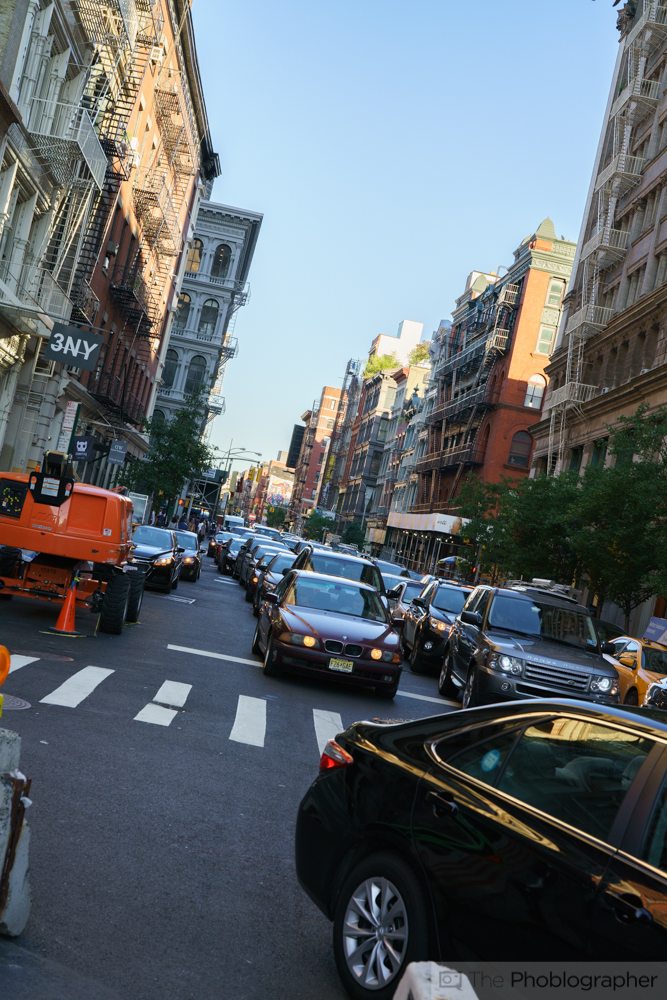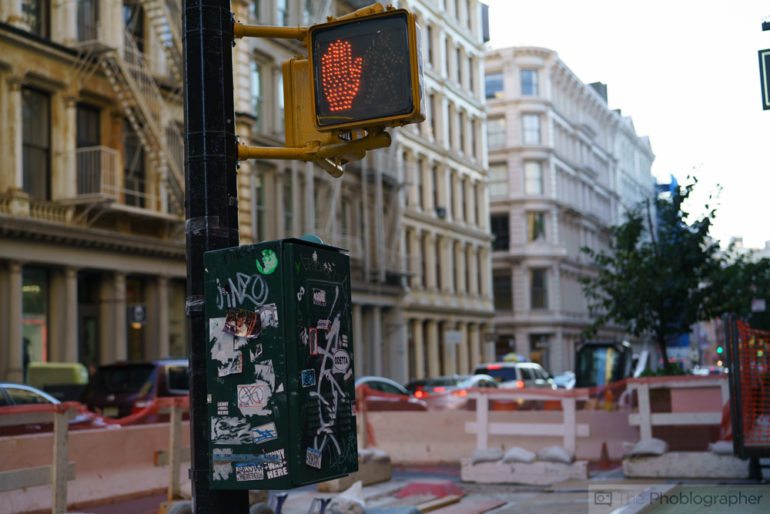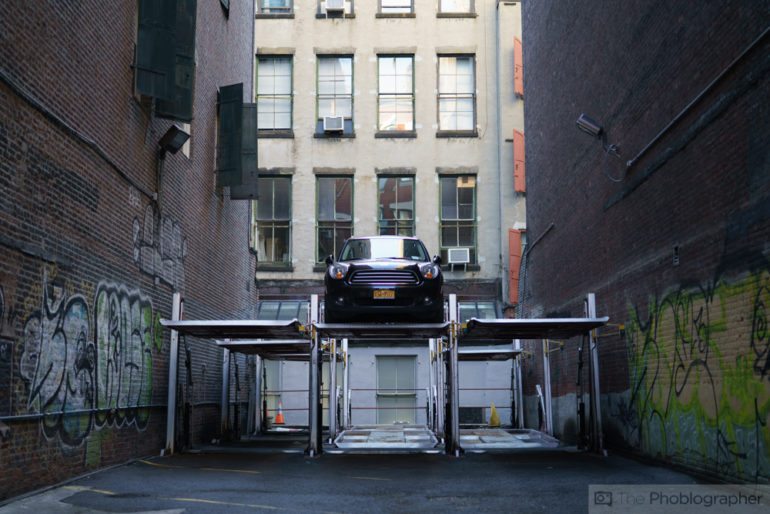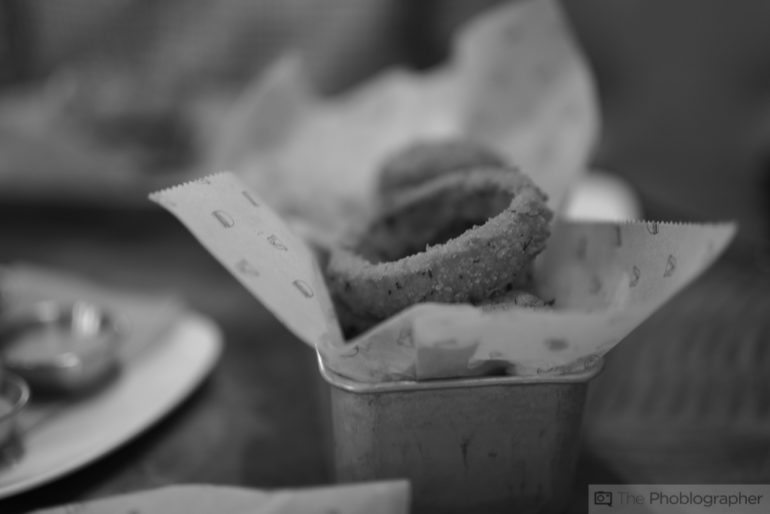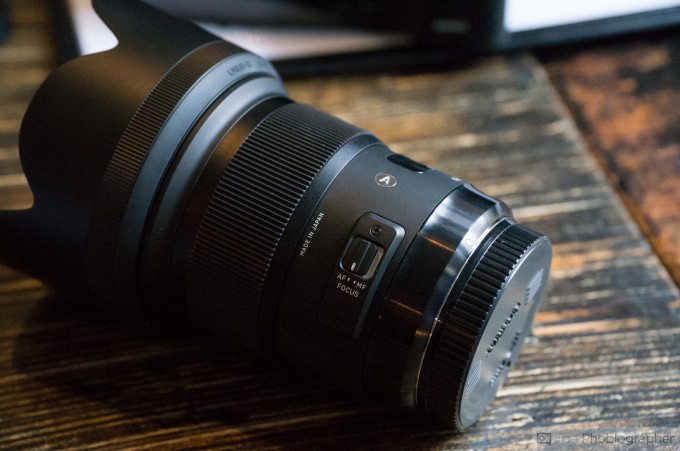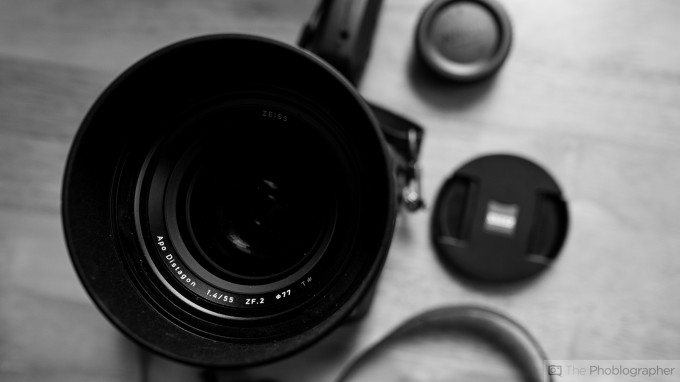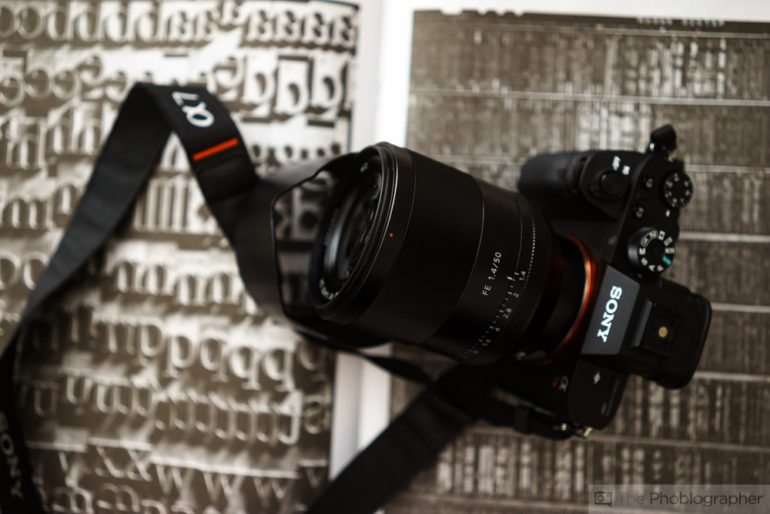Last Updated on 08/08/2016 by Chris Gampat
The release of the Sony Zeiss 50mm f1.4 for full frame E mount cameras begs the question “just how many 50mm lenses does one need?” In truth, just one–but the strategy is a smart one for the company. You see, years ago camera manufacturers used to offer loads of different lens options. You’d get a 50mm f1.8, f1.4, f2, etc. Leica still does this and to some degree, Zeiss does too. But with Sony, you’re getting something different.
This new lens isn’t part of the company’s G Master series of optics and instead it’s a lens that was created in collaboration with Zeiss. It boasts dust/moisture resistance, 11 aperture blades, and other cool features including Zeiss T* coatings that are bound to give you that Zeiss-like look though probably not as clear as their Milvus lineup of lenses.
Editor’s note: this review is now complete
Pros and Cons
Pros
- Incredible image quality
- Great build quality
- Wonderful colors
- 11 aperture blades give you bokeh that you’ll never stop drooling over
Cons
- Expensive
- Pretty big
Gear Used
The Sony Zeiss 50mm f1.4 was used with Godox Flashes and transmitters, Sony flashes and transmitters, and the Sony a7r II. At the moment of the initial publication of this review, support isn’t available for generation 1 Sony a7 cameras but that is coming soon.
Tech Specs
| Type | Interchangeable lens | Interchangeable lens |
| Product name | **-** mm F** | Planar T* FE 50mm F1.4 ZA |
| Model name | SAL/SEL***** | SEL50F14Z |
| Lens mount | Sony A-mount | Sony E-mount |
| Format [[F_DM0002]] | APS-C | 35mm full frame |
| Focal-length (mm) | **-** | 50 |
| 35mm equivalent focal-length (APS-C) (mm) | **-** | 75 |
| Lens construction (groups-elements) | **-** | 9-12 |
| Angle of view (APS-C)[[F_DM0001]] | **°-*°**’ | 32° |
| Angle of view (35mm) | **゚-*゚**’ | 47° |
| Maximum aperture (F) | **-** | 1.4 |
| Minimum aperture (F) | **-** | 16 |
| Number of aperture blade | 7 | 11 |
| Circular aperture | Yes | Yes |
| Minimum focus distance (m) | *** | 0.45 |
| Minimum focus distance (ft) | xx | 1.48 |
| Maximum magnification ratio (x) | xxx x | 0.15 |
| Filter diameter (mm) | 40.5 | 72 |
| ADI metering / Distance encoder | No | |
| Image stabilization (SteadyShot) | – (body-integrated) | |
| Compensation effect | Equivalent to xxx steps | – (supported on body) |
| Zoom system | Manual | – |
| Zoom speed switch (Step) | – | |
| Teleconverter compatibility (x1.4) | Incompatible | Incompatible |
| Teleconverter compatibility (x2.0) | Incompatible | Incompatible |
| Hood type | – | Petal shape, bayonet type |
| Dimensions dia. x length (mm) | ** x ** | 83.5 x 108 |
| Dimensions dia. x length (in.) | *-*/* x *-*/* | 3-3/8 x 4-3/8 |
| Weight (approx.) (g) | *** (Without tripod mount) | 778 |
| Weight (approx.) (oz.) | *** | 27.5 |
| Hood (model) | ALC-SH*** | ALC-SH143 |
| Lens front cap | ALC-F405S | ○ALC-F72S |
| Lens rear cap | ALC-R1EM | ◯ALC-R1EM |
| Case | Yes | Yes |
Ergonomics
The Sony Zeiss 50mm f1.4 lens is one that is big, beefy and really oriented to the serious photographer doing lots of serious work. Much of this is evident in the design. Take a look at the lens and you’ll see a major part of the body is dominated by a giant lens ring. Behind that is a small, smooth area. As you inch closer to the lens mount you’ll find the aperture ring.
The lens has a 72mm filter threat on the front of it–which means you’ll need a big filter accordingly. When you remove the lens hood, the overall size also goes down quite a bit.
On one side of the lens you’ll find the only other major control besides the aperture ring–the AF/MF switch. Sony also lets the user do this through the camera body but it’s nice to have the option on the lens.
If you’re a videographer, you’ll appreciate what’s on the other side of the lens. Here you’ll find the ability to set the aperture to be clicked or smooth. Photographers will go for clicks.
In Comparison
When you look at many other Sony lenses with an f1.4 aperture that were designed for the full frame E mount, you start to notice a lot of similarities overall. The 50mm f1.4 is smaller than the Sony 85mm f1.4 G Master and maybe around the same size as the Sony Zeiss 35mm f1.4.
Quite truthfully these are also probably the closest thing in design. All of theses lenses have dust and moisture protection with the 85mm lens perhaps having the most.
The only lens you could comparatively make any sort of judgement with is the Zeiss Loxia 50mm f2. To be fair though, this is a small, manual focus lens with weather sealing and designed for a different crowd. Both lenses offer great image quality but one has autofocus, a hefty price tag and an f1.4 aperture and the other is designed for the low profile, documentarian style photographer.
You’re best off making your own decision.
If you really wanted to compare it to high end Nikon and Canon lenses then Nikon doesn’t really have something that can compare to this and Canon’s aging 50mm f1.2 L USM can’t exactly stand up to the level of clarity, sharpness, and flare control that this much newer optic can deliver. However, Canon’s may best the Sony Zeiss at weather sealing. That is yet to be seen.
Rating
I genuinely can’t say anything bad about the ergonomic design of this lens. It’s done very well. Would I love it to be smaller? Sure. But it doesn’t seem like that’s possible.
Build Quality
There isn’t a single thing about the Sony Zeiss 50mm f1.4 for E mount that feels or looks cheap. The exterior is a tough plastic (if I remember correctly and will be confirmed in my review) that is much like the 85mm f1.4 G Master and 35mm f1.4 Sony Zeiss offering. The aperture ring has a nice, snappy click to it and the lens overall just feels great in your hands. Unlike the zoom lenses from Sony, it won’t tire your hand or arm out.
In Comparison
If you were to blindfold me and hand me the G Master and both Sony Zeiss lenses, I probably wouldn’t be able to tell the difference when it comes to just feeling them. Of course, I’d eventually find the Zeiss logo, trace it with my fingers and figure out which lens is the G Master offering but otherwise all three lenses very extremely similar.
If you like the feeling of the other two lenses and own them, then the 50mm will make you feel right at home.
The only thing that could probably best the Sony Zeiss 50mm f1.4 comparatively speaking is the Canon 50mm f1.2 L USM–but again, we’re going to have to see about that. During our testing so far, we didn’t take it into inclement weather.
Update: It survived shooting outside in the rain and getting milk splashed on it. No issues here!
Rating
This lens was in a rain with me shooting for a bit, plus it got the milk splash. Additionally, it took a bump from a tourist who really didn’t know how to walk in NYC. There’s lot of them, It took all of them and kept working. It’s incredible how well this lens is built and deserves the five star rating.
Ease of Use
Like many of Sony’s other f1.4 lenses, Panasonic/Leica collaborations, Zeiss Loxia glass and offerings from Fujifilm this lens has an aperture ring. Depending on who you hand this camera too, they’ll sit there fiddling with dials and buttons trying to change the aperture or they’ll just go right to the ring and change it.
This can be negated by switching the aperture ring into A mode. In that case, the lens because as simple as point, focus, shoot and enjoy.
In Comparison
There’s something particular about Sony’s lenses that have an aperture ring. When you hold the lens in your hand, you kind of forget that it’s there. That isn’t the case with what Fujifilm, Panasonic and Zeiss do. They tend to make you well aware that something is there for you to control.
Sony could change this by putting the aperture ring towards the front of the lens, making it bigger or adding to the texture on the grooves of the ring to really tell you “I’m here” through tactile communication.
Update: The lens was in the hands of a few other friends who own Sony products. Once they were given a short tutorial on the lens (especially the aperture ring) they didn’t have any sorts of issues.
Rating
We’re giving this lens four stars for the longer learning curve someone will take. But if you’re a film or professional shooter, you’ll enjoy every bit of owning and using this lens.
Autofocus
The autofocus with Sony lenses really depends on factors like the type of autofocus you’re doing. Like with Fujifilm and many others, the smaller you make the focusing point the slower and more precise it will be when working in conjunction with the camera. This speed varies depending on the available light and how contrasty the focusing area is.
Overall though, the 50mm f1.4 can hold it own with Sony’s high end lenses–though I still believe the company’s 28mm f2 to still be the fastest focusing lens available for the system.
In Comparison
If I really had to give the Sony Zeiss 50mm f1.4 a rating, I’d say that from the model I’ve initially used:
- Is about on par with the speed of the Sony Zeiss 35mm f1.4 though not always as accurate. I’m willing to blame this on the model I used and may change as the review continues.
- Slower than the 28mm f2
- Around as fast as the 24-70mm f2.8 G Master
- A tad faster than the 85mm f1.4 G Master
During my initial testing phase, the lens and the Sony a7r II couldn’t keep up with moving subjects as well. To be fair though, the model above was spinning quite fast and when veils are flying around it would have been better for me to honestly just switch the camera to manual focus and zone focus overall. That would be the logical thing to do when a photographer fails.
However, for the sadists in the audience, I’m sure this is something you’ll relish in considering that the image above was shot at f2.8. It could potentially mean that an image of your kid isn’t 100% clinically sharp. But if you’re not pixel peeping, then the scene overall will be “sharp enough” for anyone to really care.
Update
With stagnant subjects in place, the autofocus can be pretty darn accurate. In the case of portraiture, you’ll simply need to choose the person’s face to focus on, and then enable eye-focusing. On more than one occassion the Sony a7r II and the 50mm f1.4 worked swell together.
When it comes to fast moving subjects for street photography though, well, I don’t feel that it did as well. This above photo is perhaps the best that I was able to get.
The 28mm f2 and the 35mm f2.8 are still the absolute best when it comes to focusing for street photography. Part of this has to do with the nature of the focal length.
Rating
Stick to portraits, food and higher end stuff when it comes to the autofocus with the 50mm f1.4.
Image Quality
If you’re reading this post on July 11th when the announcement breaks, then I had the chance to spend only a few days with the lens before I needed to return it. I’ll be getting a more final production sample before I finish my review. However, the sample images that we got are good enough to post according to Sony.
From what I see so far, the image quality is very good but for those of you who like to nitpick, you’ll find an equivalent amount of color fringing (or a tad more) than you will with the Sony Zeiss 50mm f1.4 for A mount. Otherwise, pretty much everything right from the camera and lens is very solid overall.
Bokeh
Considering that this lens has 11 aperture blades, you need to believe that the bokeh is wonderful, right? It indeed is. At every point it is creamy with wonderful color rendition overall.
Update
The 11 aperture blades on the Sony Zeiss 50mm f1.4 make this lens absolutely incredible when it comes to bokeh. There isn’t a single 50mm lens with autofocus capabilities that can beat it due to this feature.
Color Rendition
One of my favorite things about this lens is how it handles colors. For everyone that believes Sony colors are too vivid and almost like a painting, this lens will prove you wrong. This lens offers a tad less saturation than even the 85mm f1.4 G Master lens and far less than the 35mm f1.4 Sony Zeiss comparatively speaking.
If you like to shoot portraits and really care about skin tones, then this lens may be a must-have.
Update
One of the things that I’m most impressed with here is the way it handles skin tones correctly. The above photo was edited with an RNI Films preset for Kodak Portra. Then I did my own tweaking.
Chromatic Aberration
In these images, you can see the chromatic aberration and fringing that I was talking about. Again, it’s in the most extreme of situations and it’s easily corrected in Adobe Lightroom.
Overall though, the lens seems to have very minimal distortion–and Sony/Zeiss should pat themselves on the back for that. Again though, this is a first edition copy that these short tests were done with and that may change.
Update
Yeah, it’s still kind of nasty in rare situations. Lightroom can fix this issue though, so never fear.
Sharpness
Like with every lens, the best sharpness comes when flash output is added. At f11 this lens is incredibly sharp. Even wide open and barely stopped down is stellar.
Update
This lens is absolutely incredible at f1.4 when a flash’s output is added to the scene. Even with natural light, it’s still pretty amazing though I’ll always encourage everyone to use a flash when they can.
At f2.8 the lens becomes super sharp and even more so at f5.6–where I personally find the best balance between bokeh and sharpness.
Extra Image Samples
In Comparison
So why go for this Sony Zeiss offering when you can get the Sigma 50mm f1.4 Art and an adapter? Well, the Sigma may be on the same level of sharpness here, but if you want glorious bokeh then nothing is going to beat the Sony. Both lenses have wonderful color too.
The other big competitor could be the Zeiss 55mm f1.4 Otus. Of course, that’s a manual focus lens–and after post-production it’s going to be very tough to tell the difference between the sharpness of the lenses. However, Sony bests even Zeiss at Bokeh.
Where Sony lags behind the Zeiss is in chromatic aberration.
Rating
In some ways it pulls ahead of both Zeiss and Sigma. But in other ways, it lags behind them.
Conclusions
Likes
- You can’t beat this bokeh
- Does skin tones pretty well
- One of the best built 50mm lenses on the market
Dislikes
- Price point
When you really look at the Sony Zeiss 50mm f1.4 lens, consider what you’re getting:
- The great ergonomics that a lens with an aperture ring can deliver
- Weather resistance
- 11 aperture blades to give great bokeh and autofocus in the lens at the same time
- Excellent color
The only qualm could be the slower autofocus for what it’s worth. At the same time, I couldn’t see myself wanting to use this lens for anything that requires speed, it’s pretty massive for a lens designed for a mirrorless camera. But generally speaking, there is very little to hate about this lens. Even so, I wouldn’t say that I hate the slower autofocus for street photography.
The Sony Zeiss 50mm f1.4 lens receives five out of five stars along with our coveted Editor’s Choice award. For $1,498, this lens can be yours.
Recommended Cameras
Sony a7r II: It’s the resolving power that can really make this lens rock.



